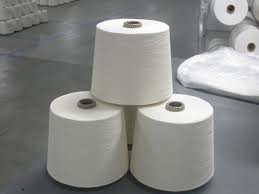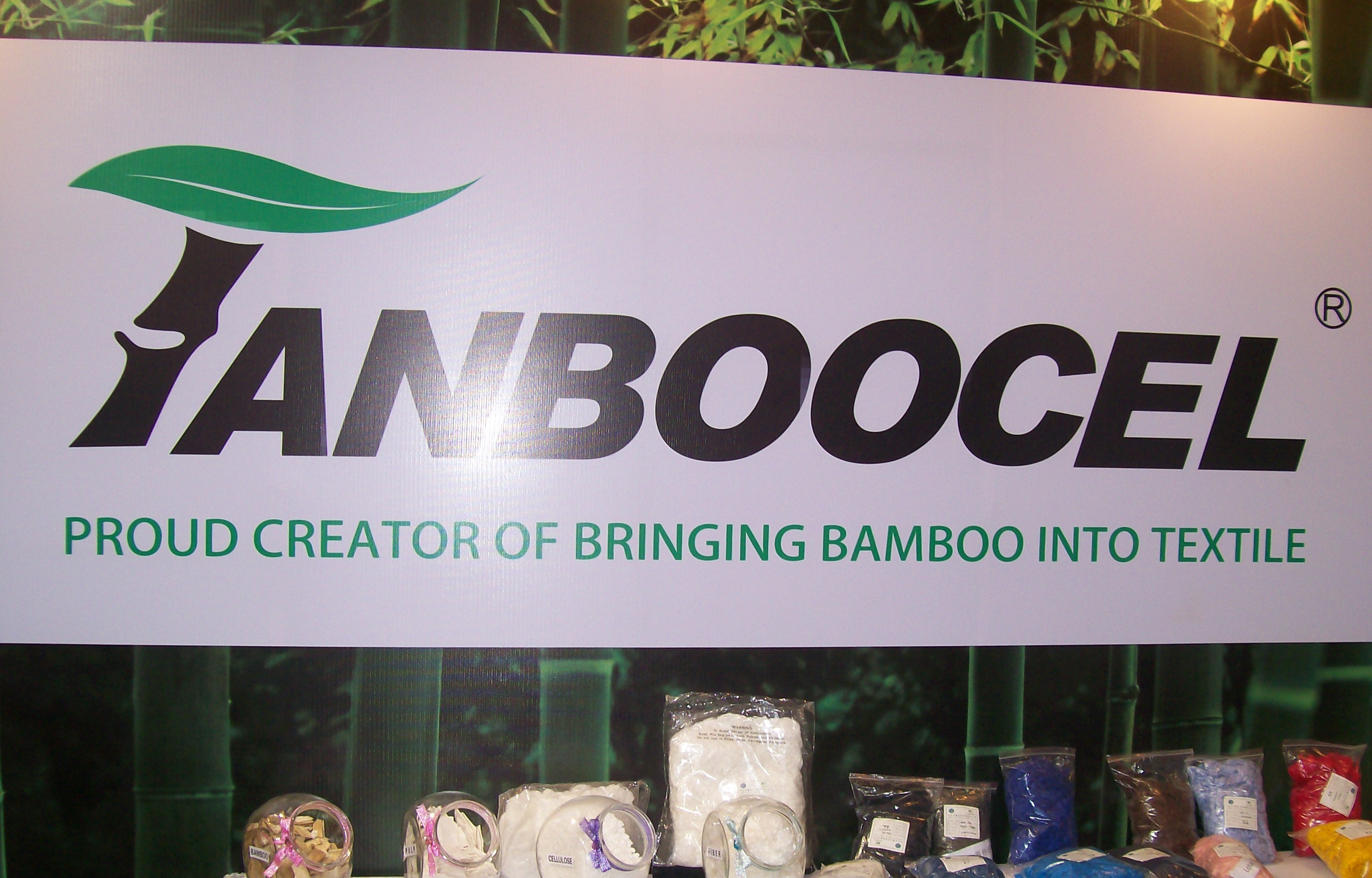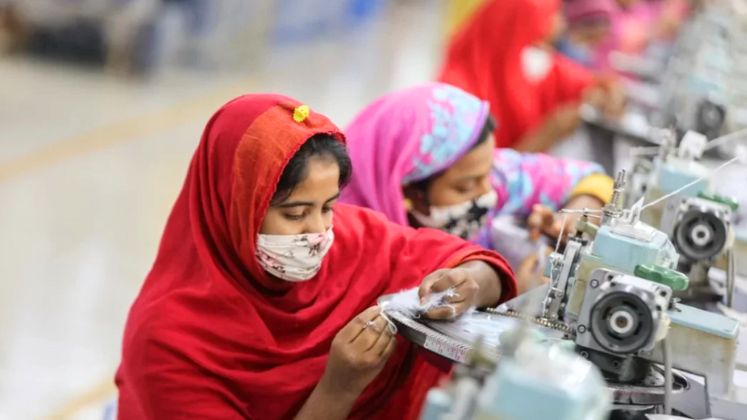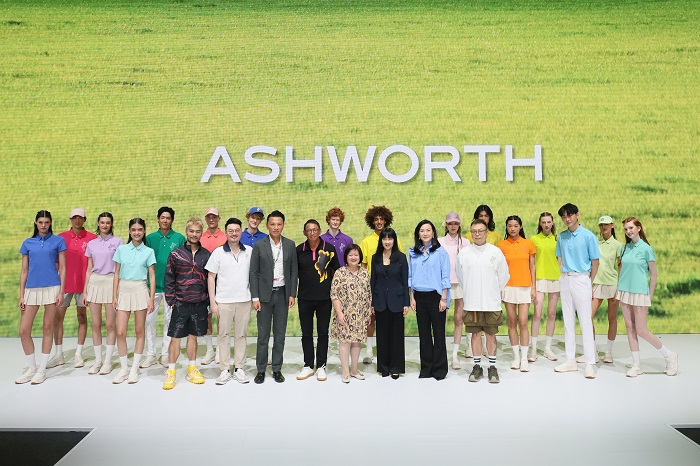FW
Textile and apparel companies from the US and India are planning to invest in Ethiopia. To explore investment opportunities, delegations from these countries visited Ethiopia recently. While the US delegation was busy investigating industrial zones in different parts of the country, India-based Shri Vallabh Pittie (SVP) Group has already decided on setting up a spinning mill in the industrial zone in Kombolcha, with an investment worth $550 million says the Ethiopian News Agency.
The US delegation consisted of 40 investors, among them representatives from VF Corporation and Phillips-Van Heusen (PVH), including Mark Green, PVH’s vice president. The delegation also met the Ethiopian President Mulatu Teshome in Addis Ababa last week. The reasons behind scouting for prospects are the country’s favourable investment policy, availability of vast human resources and reliable power supply apart from well-established industrial zones in different parts of the country.
President Teshome has assured that the Ethiopian Government would encourage investments in the industrial sector and also pointed to the country’s cotton cultivation on more than three million hectares of land as a benefit for textile and garment manufacturers. Last but not least, the African Growth and Opportunities Act (AGOA) allows investors easy access to the US market.
SVP group’s spinning mill would have a capacity to produce about 280 tons of cotton yarn per day and would create jobs for about 13,000 Ethiopians. The manufactured yarn would be produced mainly for the export market, especially, the US, Germany, Italy, Sweden and Turkey.
www.pittie.com
The Alliance for Bangladesh Worker Safety has demanded immediate closure of five factories owing to safety concerns over buildings where they are located.The factories are situated in four buildings, whose details have been submitted to the National Tripartite Committee (NTC) Review Panel with the recommendation that they be closed for remediation. Alliance inspections have revealed overloaded conditions and structural faults in these buildings, raising concern for the safety of workers in these factories.
The collective, which includes 26 companies such as The Children's Place, Macy's, Nordstrom, Gap and Fruit of the Loom, has claimed that it has begun dispersing funds to cover two months’ pay to more than 350 workers displaced by the closure of three factories. The Alliance will bear half of the cost while the factory owners will cover the rest.
The Alliance has so far inspected over 450 factories, with the goal of completing inspections of all 640 factories from which its members source by July 10. In addition to funding and conducting these inspections and helping cover the salaries of displaced workers, several Alliance member companies have made $100 million in affordable capital available to factory owners to help cover the cost of factory improvements.
www.bangladeshworkersafety.org
 According to a report released by the International Cotton Advisory Committee (ICAC), the Type 328 China Cotton Index-a daily index of prices for domestic cotton offered to mills in China fell from this season's nine-month average of 144 cents per pound to about 129 cents per pound as of the end of April. China’s mills may welcome the lower cotton prices, but world cotton production is being forecasted to get negatively affected by a change in China’s cotton policy. As per ICAC, the government’s cotton policy has done considerable damage to the industry in recent years.
According to a report released by the International Cotton Advisory Committee (ICAC), the Type 328 China Cotton Index-a daily index of prices for domestic cotton offered to mills in China fell from this season's nine-month average of 144 cents per pound to about 129 cents per pound as of the end of April. China’s mills may welcome the lower cotton prices, but world cotton production is being forecasted to get negatively affected by a change in China’s cotton policy. As per ICAC, the government’s cotton policy has done considerable damage to the industry in recent years.
The report pointed out that since the start of its reserve policy in 2011, mill  consumption declined by 17 per cent, from 9.6 million tons in 2010-11 to 7.9 million tons in 2013-14. In 2014-15, the decline in consumption in China is expected to slow, falling by just 1 per cent to 7.8 million tons. But consumption in India, Pakistan and Turkey—the next three largest consumers of cotton—is expected to grow in the 2014-15 season. World consumption in 2014-15 is expected to reach 24.3 million tons, a 3 per cent increase over the previous season. Despite the increase in world mill use, production is expected to decline 2 per cent to 25.2 million tons, narrowing the gap between production and consumption.
consumption declined by 17 per cent, from 9.6 million tons in 2010-11 to 7.9 million tons in 2013-14. In 2014-15, the decline in consumption in China is expected to slow, falling by just 1 per cent to 7.8 million tons. But consumption in India, Pakistan and Turkey—the next three largest consumers of cotton—is expected to grow in the 2014-15 season. World consumption in 2014-15 is expected to reach 24.3 million tons, a 3 per cent increase over the previous season. Despite the increase in world mill use, production is expected to decline 2 per cent to 25.2 million tons, narrowing the gap between production and consumption.
The report notes that most of the decline in world production will take place in China, where production is expected to decline by 10 per cent from 6.7 million tons in 2013-14 to 6 million tons in 2014-15. As the Chinese government has restricted its support for cotton to just the Xinjiang region, area outside is expected to fall significantly. India is forecast to produce nearly 6.3 million tons in 2014-15, which is a dip of 2 per cent due to expectations that monsoon weather will not be as favorable as it was in the 2013-14 season. World trade is expected to drop to 8.2 million tons in 2014-15 from the 8.7 million tons forecast for 2013/14.
However, the report further adds that China’s decline in cotton production will be partially offset by imports from Bangladesh, Indonesia, and Vietnam, which are expected to import a total of 2.4 million tons in 2014-15, an increase of 13 per cent.

Lenzing USP and applications
Lenzing is a manmade cellulosic fiber. Lenzing produces three generations of cellulosic fibers: viscose, Modal and Tencel. It is used into textile and non-woven applications. In textile applications, Modal is used in making innerwear. Tencel is used for wovens like denim, shirting, home textiles and advanced applications of filters and non-wovens. It can be blended with cotton and polyester in various applications.
Tencel is a cellulosic fiber that blends well with cotton. “Even a small amount of Tencel 
Growth prospects and demand
“Since we work with specialties like Modal and Tencel, we are doing well. In four or five years we see a shortage of cotton. The growing population means, more land has to be allotted to food grains than cotton crop. You have an alternate source for clothing but not an alternate source for food grains. You have to grow these on land. But clothing can be made from trees growing on hills, in forests, so demand for Tencel and Modal kind of products will increase,” avers Murugan, talking about the future prospects.
Export trends for Modal and Tencel are very good. Prices of manmade cellulosic fibers remain stable. While the production of cotton is 27 million tons, production of manmade cellulosic fibers is four million tons. But demand for specialty products is on the rise.
www.lenzing.com

Tanboocel fibre has been validated by Japan Textile Inspection Association as possessing excellent anti-bacteria, bacteriostasis qualities even after 50 washing.“The product is antibacterial, breathable and has thermo control properties and moisture absorbency and is much better than cotton,” says Chen Zhen, Regional Director, Jilin Chemical Fiber Group, adding, “More water absorbency is the main property of the bamboo fibre. We are going to launch bamboo as a fashion fibre now.”
Applications of bamboo fibre
The main application of bamboo fibre is in terry towel industry, knitting and furnishing
products as well as woven industry such as bed sheets. “Now we are developing more products like dyed bamboo fibres and bamboo filament yarn as well. These are the new developments for Indian market, and we are hopeful that we will have a good market for bamboo fibre in India. Our main supplier and producer are Hebei Jigao Chemical Fiber manufacturing company from China,” explains Zhen.
Bamboo fibre is exported to many markets such as Europe, Australia among others. Recently the company launched bamboo fibre that can be used in carpet as well. There are some chemicals used but it has OKEOTEX certification for it. Elaborates Zhen, “The product is eco friendly, and we possess a trademark from the Indian government as well.”
Demand and capacity expansion
What works for bamboo is that there is no need for replantation as it is a core sustainable product. For all other products like cotton replantation, re-harvesting is required. In bamboo, there are no pesticides, it grows three feet in the night on its own that is why it is also the fastest growing plant on the planet. “Bamboo takes three years to mature to become bamboo fibre. Availability is also plenty and we are supplying a good quantity of bamboo fibre to Indian spinners,” informs Zhen.
Indeed, Bamboo fibres are expensive compared to cotton because of its properties. As Zhen says, China is the only manufacturer of bamboo so production is limited. “But we are happy to continuously supply good quantity of fibre and have recently installed a new factory for bamboo pulp in China and then the capacity will almost double. At the moment, our capacity is 24,000 per annum, and we are launching more plants for bamboo pulp and fibre,” he adds.
At present, all products go to export markets. The fibre is imported from China and yarn, spinning of yarn and garmenting and value addition is done in India but the end product goes overseas. The products are not available in the Indian market. “We look forward to an increase in bamboo fibre applications in India,” states Zhen.
www.jlhxjt.com
The Texworld exhibition in Paris is making young designers an essential part of its strategy. The festival, in its 21st year, was held from April 11 to 13 and welcomed a large number of professionals from the world of fashion and textiles. Aware of the specific demands of young designers and labels, Texworld’s organisers have developed the Small Order Itinerary, a tool that lists around a 100 exhibitors who will accept small volume orders.
Designers, especially those based in Paris, value this offer and attend Texworld regularly in large numbers. The couturier Christophe Josse, Christophe Guillarmé, Christine Phung, Irakli, Marc Antoine Barrois and Hanno Wessel are among those who buy at the show and have products developed. Over the past few seasons, Texworld has become more accessible to designers who are interested in smaller quantities. A circuit and floor space is dedicated to make it easier to meet these suppliers.
The show has supported young designers in engaging Louis Gérin and Grégory Lamaud, young talented graduates from the Esmod school at the time, as artistic directors. With Esmod as partner, the exhibition organises the Designer & Fashion Service, a matchmaking service to put young designers, pattern-makers and marketers in touch with companies that attend the shows in search of talented young people. The next Texworld will take place on September 15 to 18, 2014, in Paris.
The Pakistan Cotton Ginners Association (PCGA) says the cotton standardisation fee is unjust and a burden on the ginning industry. It has urged the ministry of textile to meet its annual expenditures from its own kitty instead of financially burdening the ginning industry.
PCGA says the ministry is doing nothing for the welfare of cotton growers and ginners. Ginners had already rejected the cotton standardisation fee of Rs 5 per bale in 2007-8, but it has now been revived. The association says the ministry has not taken any interest in ensuring the availability of well-germinated, heat-disease resistant seeds for boosting cotton production and that no market mechanism has been evolved to safeguard the interest of growers as well as ginners. Nor have modern agro-machinery, fine quality fertilisers, and farm implements been supplied to growers.
Ginneries in Pakistan received about 14 million bales of cotton as on April 15, 2014. More than 12 million bales of cotton were purchased by domestic textile mills in Pakistan. The Pakistan Cotton Ginners Association is a representative body of over 1,200 ginning factories in Pakistan. It came into existence in 1958. It takes care of the interests of ginners.
pcga.org/
The Bangladesh government has used the first meeting of the Forum on Trade and Investment with the US to announce plans to eliminate tariffs and other charges on fire safety equipment. The decision comes after North American apparel retailers and importers last month expressed their concerns that efforts to improve safety in Bangladeshi garment factories are being hampered by high tariffs of up to 61 per cent on imports of essential building and fire safety equipment such as sprinklers and fire doors.
No time frame has been put on the move, but it should make the costs of building remediation less expensive for factories and encourage critical investment into these products. The United States-Bangladesh forum on trade and investment gives the two governments a mechanism under which to discuss trade and investment issues as well as areas of co-operation. It is also seen as a key measure in helping to restore preferential tariffs for exports from the Asian country.
Other issues discussed by the two countries included investment rules, intellectual property protection, fumigation requirements for cotton imports into Bangladesh, and economic development and cooperation in the South and Southeast Asia region.
A new research, development and manufacturing center in Canada is being set up to try to make the workplace safer. Olds College is joining Alberta Garment Manufacturing to establish what is believed to be Western Canada’s first apparel research and development facility. When it opens in 2015, the facility will test, design and manufacture protective clothing for the energy and construction industries as well as for the Canadian forces.
The center will design its own product lines and test designs from other companies. An example would be tests on cold-weather gear developed by the Canadian military. Canada is known as a cold country. It doesn’t have many facilities that can test their cold ratings of products. Now it will have.
There is a need for testing products and developing standards for steam because steam processing is a dangerous occupation. Right now there is no clothing that protects the worker from steam accidents. So the project will work on development of flame retardant clothes, especially clothing for steam exposure, that is, hot liquid exposure.
The new facility will complement the Fashion Marketing and Apparel Technology programs offered by Olds College and will be connected to the Alberta Garment Manufacturing facility in northeast Calgary.
www.oldscollege.ca/,
UK department store operator Debenhams is the latest retailer to sign a sustainability plan, designed to reduce environmental footprint of clothing over its lifecycle. The Sustainable Clothing Action Plan (SCAP) is led by the UK government's Waste & Resources Action Program (WRAP).
By 2020, signatories aim to have reduced their carbon and water footprints as well as the amount of waste sent to landfill by 15 per cent. The SCAP 2020 commitment also includes a 3.5 per cent cut in waste arising per ton of clothing. If these targets are met, WRAP expects to save the equivalent annual CO2 emissions of nearly 2,50,000 cars, water in 1,60,000 Olympic-sized swimming pools, and over 16,000 tons of waste.
Key action areas include reducing the environmental footprint of clothing through fiber and fabric selection, extending the useful life of garments, and increasing re-use and recycling. The campaign includes the SCAP footprint calculator, which enables a brand or retailer to quantify the carbon, water and waste footprints of its entire garment portfolio.
WRAP works with major UK businesses, trade bodies and local authorities and helps people recycle more and waste less, both at home and at work, and offers economic as well as environmental benefits.
www.wrap.org.uk/












